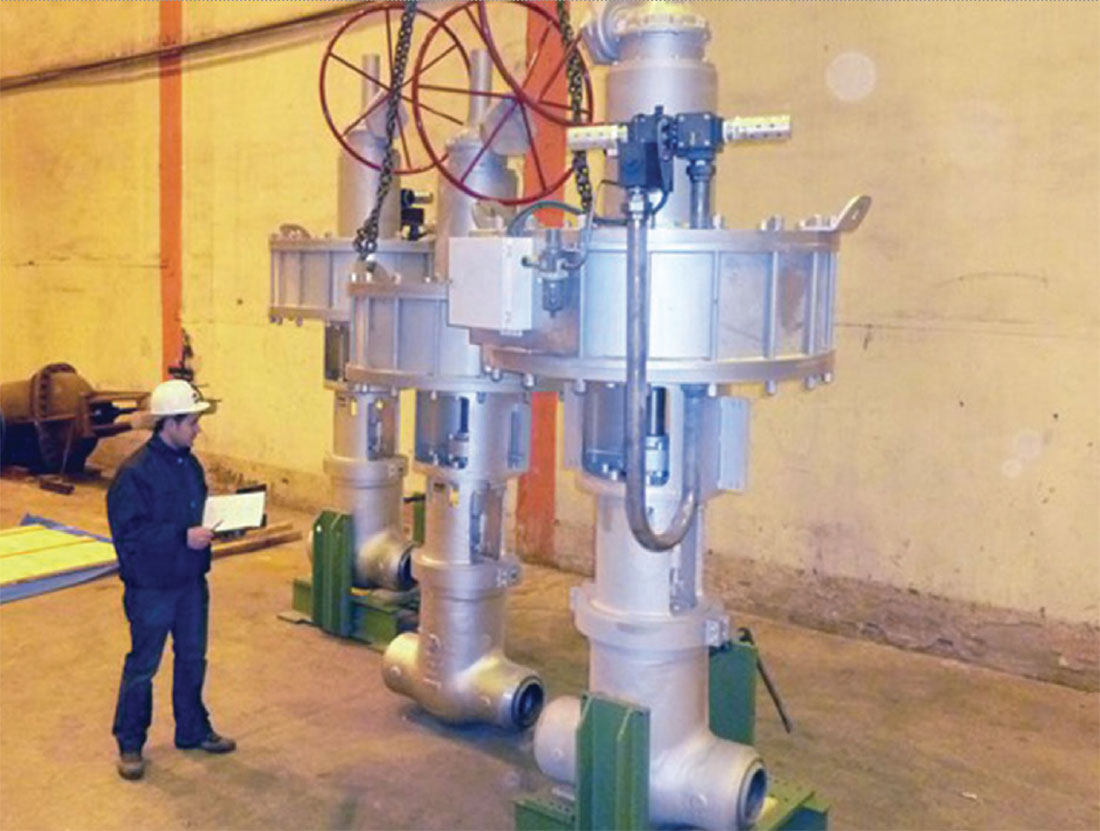
Image courtesy of Babcock Valves.
By Davi Correia
Valves are an inherent and vital part of any process plant. From the humble commodity valves used in instrumentation to the most complex control valve. They all serve a purpose, they all cost money, and they all will need to be replaced sometime in the future. Unfortunately, as we all know, unexpected failure can be a major cause for replacement. In this article we will be exploring the top 10 causes of valve failure and some mitigation strategies.
1. Specification
It all begins here. There are two ways for a specification to lead to a valve to failure: bad data and lacking data. Bad data refers to poorly selected valve models and materials due to incorrect information. The data sheet was filled out, but the assumptions used are not in agreement with the realities of the process. This is often due to a lack of understanding of the process or of the valve operation.
Regarding the process, the designer may have made the proper selection for the normal operation of the plant, disregarding conditions such as cleanings, shutdowns, and aging that may require different valve characteristics. Misunder-standing the principles of operation for a valve also contributes to failure.
For example, a floating ball valve depends on the ball being pressed against the seat by the system pressure upstream in order to properly seal. The higher the pressure, the higher the force pressing the ball against the seat. A condition leading to a high degree of sealing is full rating pressure upstream and atmospheric pressure downstream (there is no counter-pressure trying to dislodge the ball from the seat). Well, that’s what we want, no? Valves sealing? Yes, but let’s say that now we need to open the valve. Depending on size and pressure class, this is may be a Herculean task. One that operators around the world may tackle with a cheater’s bar, risking damaging the gear box or the valve. Even if the valve is open, high velocity flow during the initial moments of opening may cause damage to the seat or ball. The high friction between seat and ball may also lead to damage. This situation can be avoided with an equalizing line connecting upstream and downstream, so the valve can be opened under less strenuous conditions. This is not a practical solution for every case and maybe the decision is to stick to the ball valve and adapt to its limitations. Regardless of the decision, proper understanding of the principles of sealing behind a valve is necessary. A thorough analysis of every valve in an industrial plant – which may contain thousands of valves – is rarely feasible, but at least for the most critical, this a welcomed procedure. Also, it pays to have feedback from similar plants and see what has been performing and what has not.
As we saw above, bad data is about inadequate information on the data sheet. Lack of data is exactly what the name implies: some lines of the data sheet were left blank and it is up to the supplier or the EPC company to decide what is best for the application. Companies sometimes adopt this strategy in order to reduce the variety of specifications in a plant. If both PEEK and Devlon seats are considered “soft seat” in the specification, the company now has only one reference number for this model, instead of two. The cost of this simplification may or may not be paid with failure. It depends of the complexity of the applications and the quality of the suppliers.


